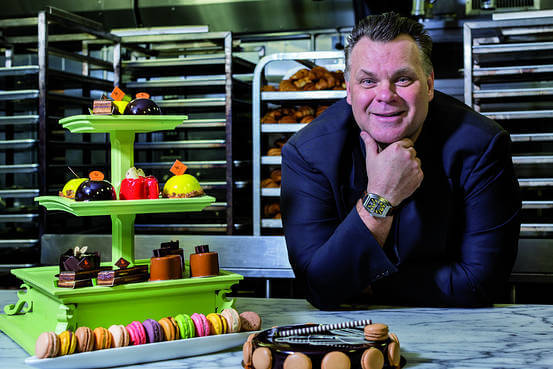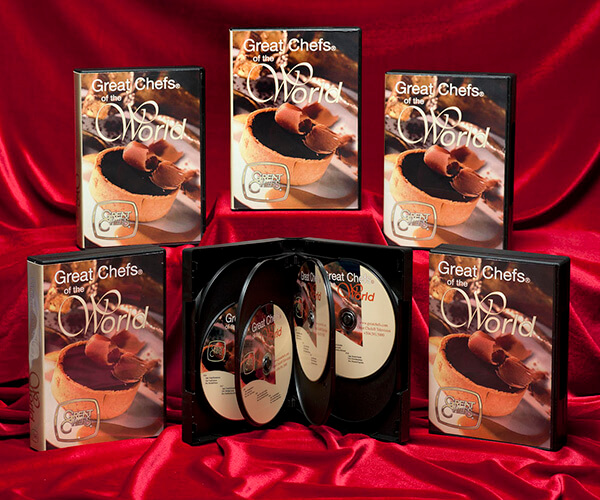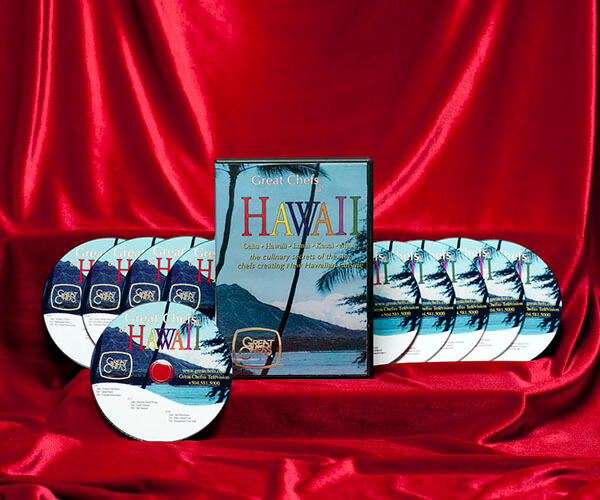Spot the Difference: French Food in New York is Never Quite French
By ANIA NUSSBAUM
Oct 1, 2015

There is a profusion of restaurants and bakeries in New York City claiming to offer French food, yet French expats still struggle to find true French flavors. There are reasons why, however, that in these French-American menus, nothing tastes quite as it does in France.
Two years ago, Guillaume Blanchard had an epiphany: He would import both a traditional crêpe recipe and ingredients from France to his favorite city, New York. He knew, however, that he couldn’t just import French crêpes without any alteration. “You have to adapt to the local palate,” said the co-founder, with Andy Rodrigues, of By Suzette crêperie.

His two restaurants cater to the local need for fast food: Instead of being served on a plate, as they would be in France, where people stop to eat, the crêpes are folded and packaged in a box designed for eating on the go. Filled up like burritos, By Suzette’s crêpes are heavier than their French counterparts. And unlike traditional crêperies, By Suzette offers a variety of meats as stuffings, from chicken to bacon. “Meat is essential to Americans,” Mr. Blanchard said.
Even with the more refined palate found among New Yorkers, the simplest French food still comes with an American twist.
The French eat bread and cheese usually at the end of a meal. Americans snack on cheese and crackers. The difference lies in the mildness of cheeses consumed in the U.S.
Charles Duque, the U.S. managing director of the CNIEL, an organization that represents the French milk industry, said that the most popular cheeses in the U.S. are mild types, such as Brie and Camembert. The French favor stronger types, such as nonpasteurized Camembert, Emmental, Raclette, Comte and blue cheeses, he said.
Mr. Duque, who is American, said that “historically, the cheeses we grew up with are milder and more industrial, they have less taste and texture.” And that kind of cheese—not too tasty—goes well with salty crackers.

France’s favorite desserts are another gauge of how Gallic delights served in the U.S. differ from their original versions in France. Dana Loia, an American pastry chef, started her macaron business three years ago in New York. She now ships her meringue cakes nationwide. Ms. Loia said she fell in love with macarons in Paris, but did find the flavors on offer repetitive. “Macarons were becoming really popular in the States, but no matter where I went, it was the same French flavors,” she said.
“I grew up in the U.S. and I have a different palate: I like peanut butter and jelly, birthday cakes, breakfast cereals, S’mores,” Ms. Loia said. Her pastry shop offers a new macaron flavor every month. The cakes are made using the French recipe as a base, but with American ingredients. “The French macarons are very pastel, have very delicate flavors like lavender and rose. In America, we say: ‘Go big or go home.’ So we offer lots of flavors and colors,” Ms. Loia said. September is caramel-popcorn macaron month.
French pastry chefs moving to the U.S. also have to adapt to local taste. François Payard arrived in New York 25 years ago and now runs five eponymous bakeries in NYC. He said Americans have a sweeter tooth than the French. Another big difference is portion size. “Here a slice of cake doesn’t even fit in your plate; everything is disproportionate,” he said.
Dominique Ansel is another French-born, New York-based chef, He’s known for creating the cronut—a hybrid croissant-doughnut that quickly inspired long lines of customers outside his shop in SoHo two years ago. He said that Americans favor simple, basic pastries like the ones their parents made at home, such as cookies, brownies or muffins, whereas the French prefer complex products.
Ingredients also differ: The French eat a lot of hazelnuts and praline, while Americans favor peanuts, Mr. Ansel said. Fromage blanc, a light fresh cheese that resembles yogurt, is very popular in French desserts, while Americans favor heavier cream cheese.
“We are doing our best to understand the local American culture and keep the French know-how—and the little French touch,” Mr. Ansel said, in French, who after 10 years in the U.S. speaks in his native tongue with an American accent.
Both French-born chefs agree that the American palate is getting more refined and less sweet, especially in New York. “But New York isn’t America,” Mr. Payard added.
He said that New Yorkers were particularly demanding with their food. “New York is a tough city because people are spoiled. They love you very quickly, but they also get bored fast. You have to renew your menu all the time,” he said.
And for the French expats looking for some authentic French tastes: Mr. Payard doesn’t compromise with French recipes. Though he will use French techniques combined with American ingredients, such as pumpkin for his Halloween cake, which he agrees wouldn’t be popular in France. “I won’t make bagels, top cakes or cheesecakes, because Americans will be better at it than I am. I make what I do best: French pastries.”

Ania Nussbaum is a multimedia journalist from France who is based in New York and Washington, D.C where she is an online reporter for France 2. A graduate of Sciences Po School in Paris, Ania has worked for the WSJ, the Financial Times, Bloomberg and Le Monde. She won Le Monde’s Izraelewicz award for economic journalism for her investigation into the funeral industry in France. She loves movies, literature, Russian culture and being an expat.
Email us at expat@wsj.com. Join our Facebook group.










